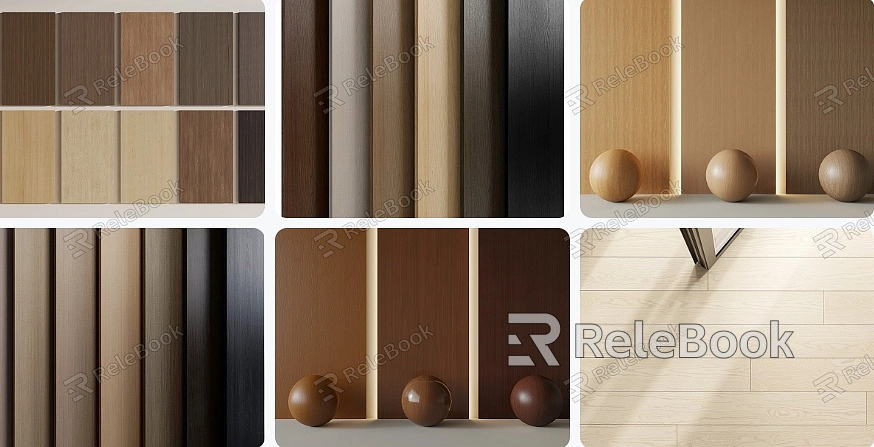Enhancing Realism in 3D Modeling with Wood Texture
Wood texture is a popular choice in 3D modeling as it adds a natural and organic feel to objects. In this article, we will explore the significance of wood texture and how it can be effectively utilized to enhance the realism of 3D models.If you need it, I recommend downloading 3D textures from Relebook. There is no better choice than this.
Selecting the Right Wood Texture:
Choosing the appropriate wood texture is crucial for achieving the desired effect in your 3D models. Consider factors such as the type of wood (e.g., oak, mahogany, or pine), the grain pattern, and the level of weathering or distressing. Each wood type and texture variation can convey a unique aesthetic and evoke different emotions.
Applying Wood Texture to Surfaces:
To achieve a realistic wood appearance, apply the wood texture to the surfaces of your 3D models. Ensure that the texture aligns with the object’s geometry and follows the natural flow of wood grain. Pay attention to details such as knots, growth rings, and variations in color and texture to create a convincing wood effect.
Adjusting Scale and Orientation:
Properly scaling and orienting the wood texture is essential for achieving realism. Consider the size and proportions of the object and match the scale of the texture accordingly. Align the wood grain with the object’s shape and direction to mimic the natural growth patterns of wood.
Adding Variation and Detail:
Wood texture can be enhanced by incorporating variations and details. Introduce subtle imperfections, such as scratches, dents, or wood grain irregularities, to mimic the natural wear and tear of wood. This attention to detail adds depth and authenticity to your 3D models.
Utilizing Bump and Displacement Mapping:
To further enhance the realism of wood texture, utilize bump and displacement mapping techniques. These techniques simulate the physical properties of wood, such as its roughness or unevenness, by altering the surface geometry based on the texture information. This creates a more tactile and realistic wood appearance.
Wood texture is a powerful tool for adding realism and character to 3D models. By carefully selecting the right wood texture, applying it accurately to surfaces, adjusting scale and orientation, adding variation and detail, and utilizing bump and displacement mapping techniques, you can create stunningly realistic wood textures in your 3D models. Embrace the beauty and warmth of wood in your creations and captivate your audience with lifelike visual experiences.

